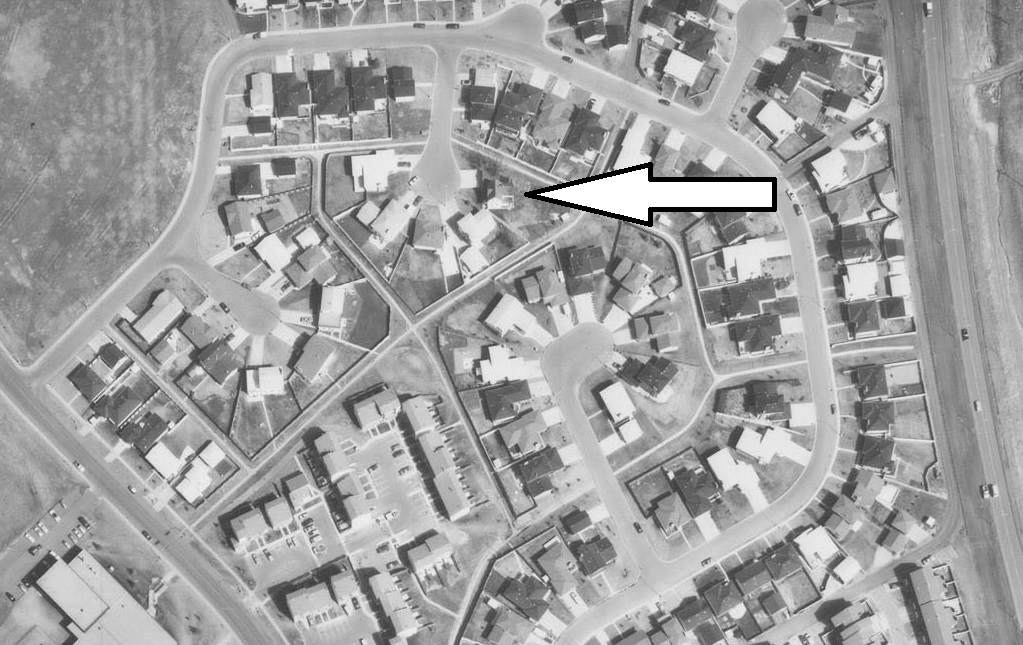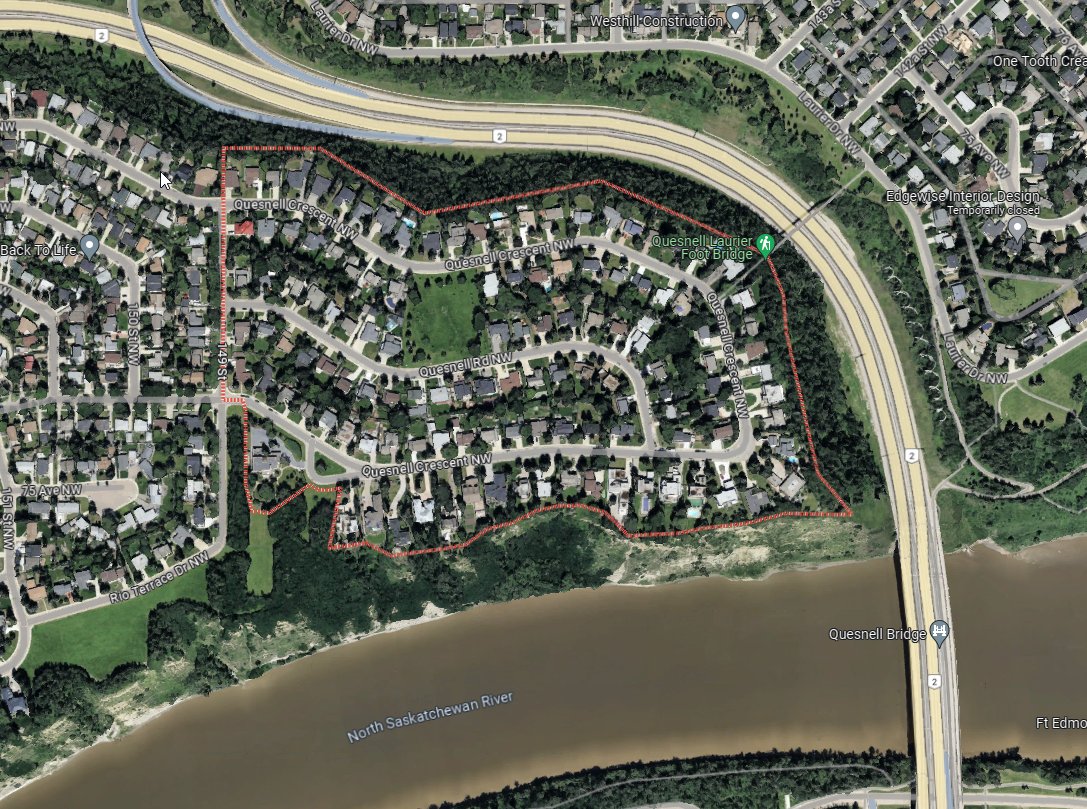There's a 120 year old house in Mill Woods?! Yes, there is. It's the Place place, and it's up for sale. #yeghistory #yegheritage realtor.ca/real-estate/25…
William Place was born in Ogdensburg, NY in 1843. After marrying Lucretia Hill of Morrisburg, ON, the couple moved to Edmonton, where Lucretia's brother lived. In 1902 they bought a farm south of town and promptly replaced its log house with the frame house still standing today.
In 1912 at the height of the settlement boom, a real estate man convinced William to sell his farm for an acreage development called Strathcona Heights. The name was appropriate because the Place farm was on a knoll with views down to the newly-amalgamated city. 

Here's the Strathcona Heights subdivision plan: an unimaginative grouping of 1 and 5 acre properties. 
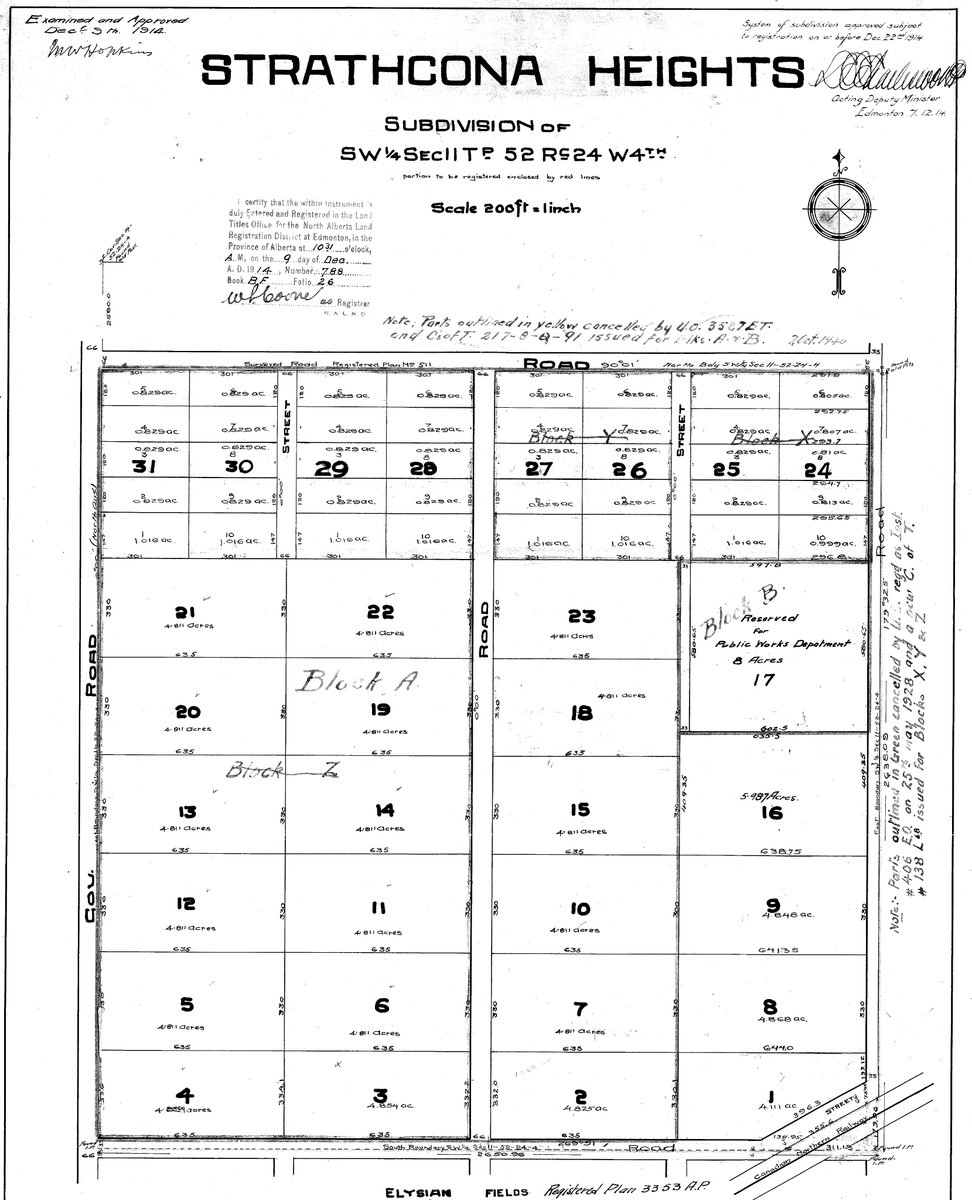
The Place family moved into town to start a business hauling freight with horse-drawn drays. Motorized vehicles were starting to take over so the business didn't take off. The Places bought a farm near Viking where William died in 1921 and Lucretia in 1935. 

Like most pre-WWI subdivisions, Strathcona Heights didn't do well. A tree nursery was established on part of the Place farm after World War I, and a farmer named Ranald McGillis picked up the acreages as they came up for sale and eventually built up a 100 acre farm. 

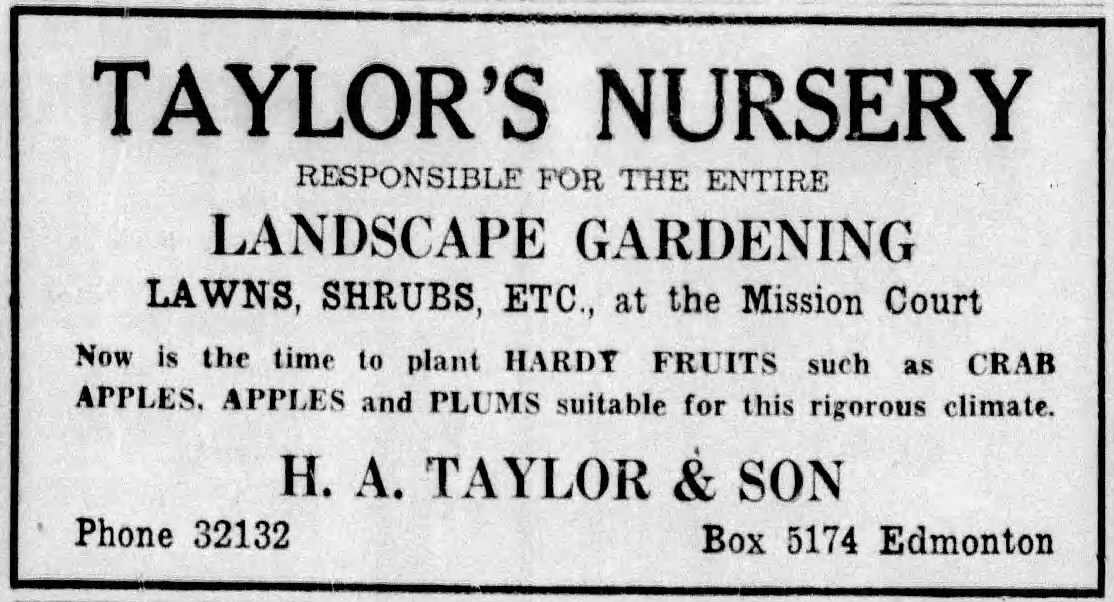
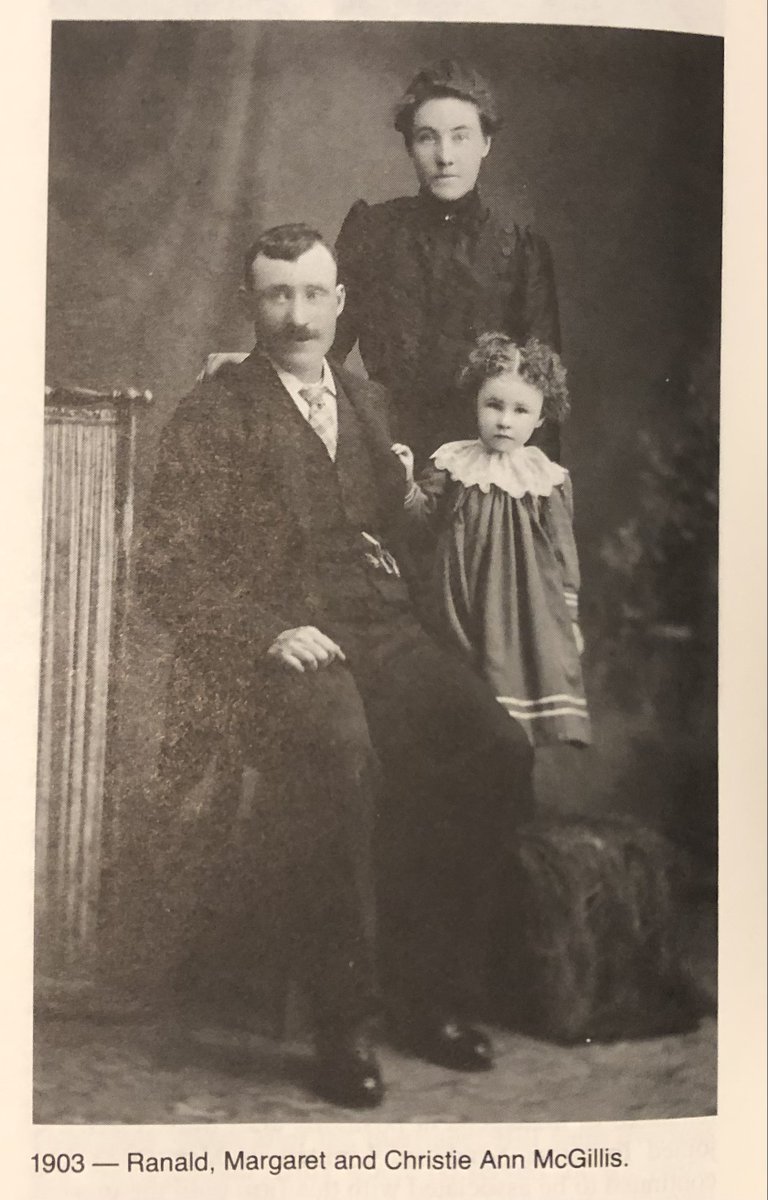
In 1944 at the age of 77, McGillis sold the farm to the Department of Veteran's Affairs, which resubdivided it four market-garden sized plots (34 - 46 acres). The Place house was on Lot 1, the largest of the four. 

Oil was discovered in 1947 & the city began growing rapidly. In 1953 Stan Melton of Melcor fame & an associate named George Sillman subdivided Lot 1 back into smaller (3 - 6 acre) lots akin to the ones in the original Strathcona Heights subdivision. 

In 1961, a group of Strathcona Heights residents successfully fought off being annexed by the City of Edmonton because it feared "higher assessment and taxes without the corresponding benefits." 

Here's a 1965 air photo showing the acreages, with the Place residence on the east side of a rural road called 75 Street. It looks like it would have been a peaceful retreat. 

But housing affordability was becoming a political issue as land supply struggled to keep up with demand. In 1969 the City convinced the province to secretly buy up farmland for a major new urban development -- the largest in Edmonton's history with space for 120,000 people. 
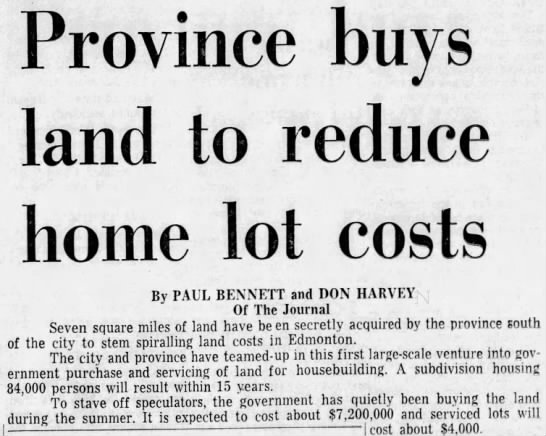
... but as planning for what would become Mill Woods got underway, the property owners no doubt saw the writing on the wall and eventually sold their land for development. 

How many of the pre-Mill Woods Strathcona Heights homes were retained I don't know, but at very least the oldest one, the Place place, was. Here's its new configuration on a cul-de-sac in the 1973 Millbourne subdivision. 

... a picture in the current real estate listing. Having been extensively modernized, the house probably wouldn't qualify for designation as a Municipal Historic Resource, but if you buy it you'll get a lot more history than normally found in a post-war suburb. 

• • •
Missing some Tweet in this thread? You can try to
force a refresh



